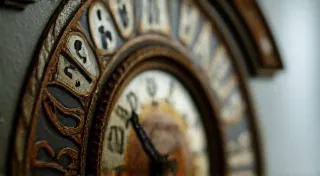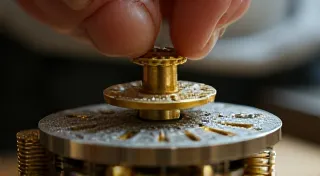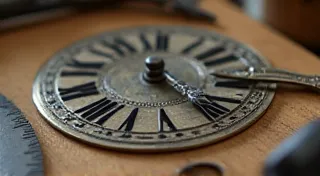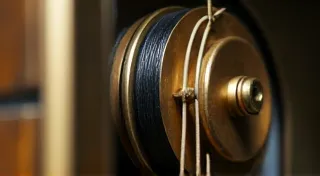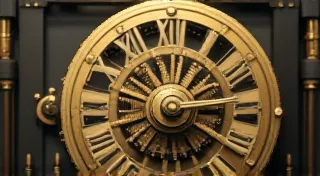Identifying and Matching Antique Clock Dial Faces
The clock dial is often the most visible and distinctive feature of an antique clock. Identifying its type, material, and potential markings is crucial for accurate clock repair, restoration, and even determining its value. Finding a matching replacement dial can be a significant challenge, but understanding the nuances of dial construction can greatly improve your chances of success.
Types of Antique Clock Dials
Antique clocks boast a remarkable variety of dial types, each reflecting the design trends of its era. Here's a breakdown of common examples:
- Enamel Dials: These are arguably the most prevalent type. They’re typically made of porcelain coated with vitreous enamel. They offer excellent detail and clarity, but can be fragile and prone to cracking.
- Paper Dials: Found on many 19th-century clocks, these are printed on paper adhered to a cardboard or metal backing. They're the most vulnerable to moisture and age.
- Painted Metal Dials: Often found on American clocks, these dials are directly painted onto a metal surface. They can range from simple designs to more elaborate, hand-painted scenes.
- Brass Dials: Less common but highly prized, these dials are often intricately engraved and offer a luxurious aesthetic.
- Wood Dials: Primarily found on German Black Forest clocks and grandfather clocks, these dials are often intricately carved or inlaid.
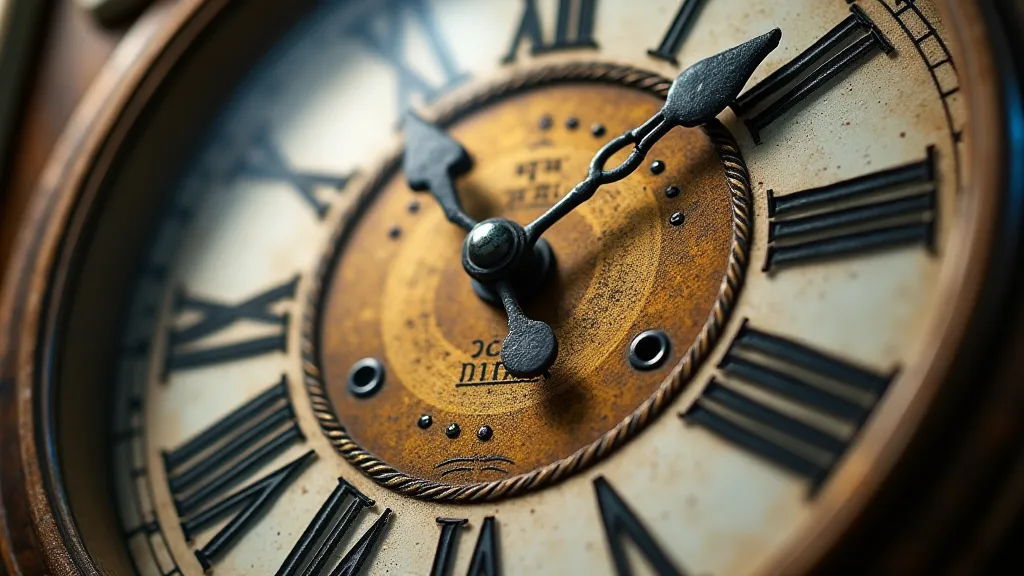
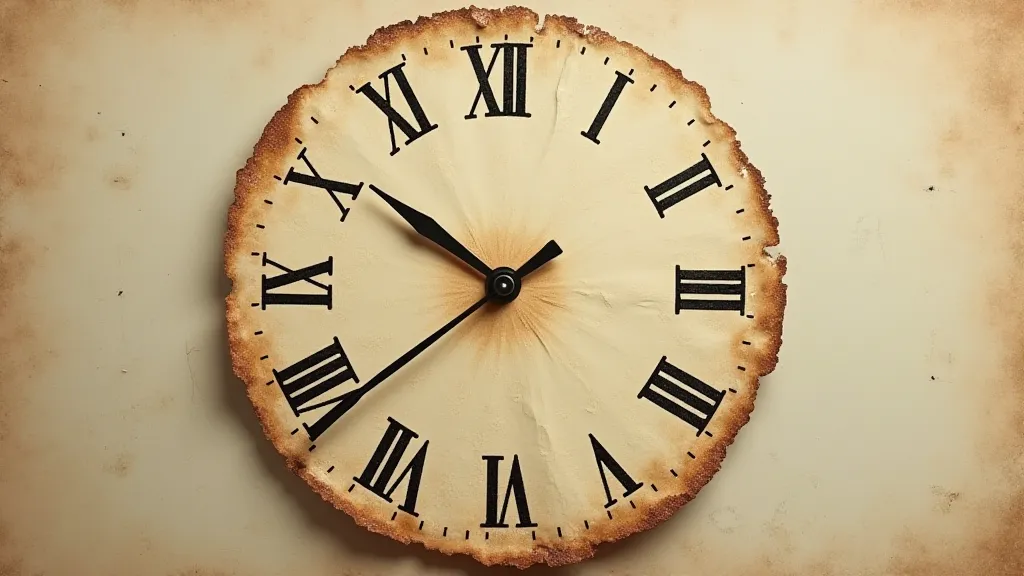

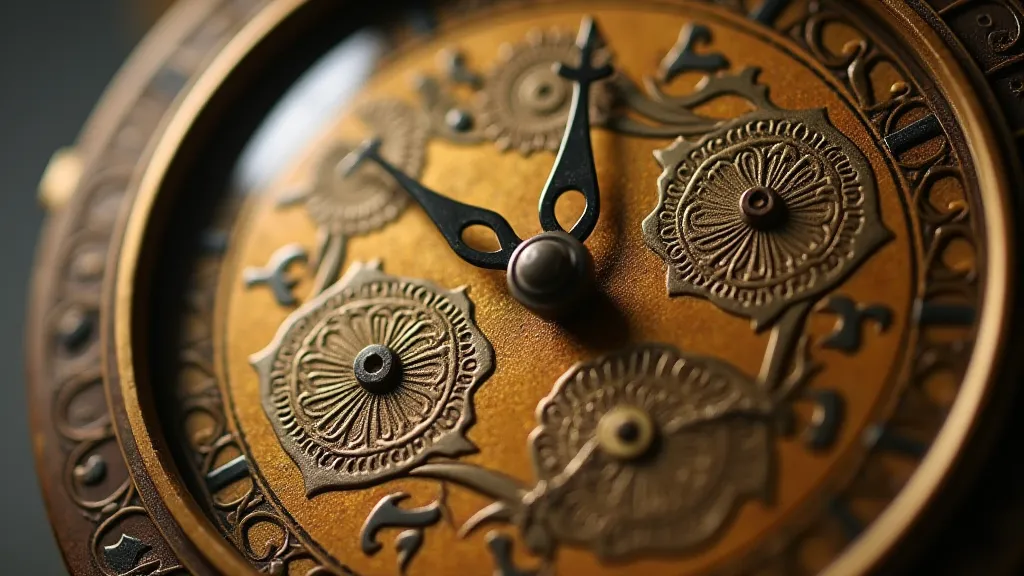

Identifying Markings and Makers
Dial markings provide invaluable clues to a clock's history. Look for:
- Maker's Mark: The manufacturer's name or logo is often stamped or printed on the dial, usually near the 6 o’clock position.
- Patent Dates: Patent information can help pinpoint the clock's production year.
- Style Markings: Certain design elements or phrases used on the dial may indicate the clock's origin or period.
- Roman Numerals vs. Arabic Numerals: The style of numerals used is a common indicator of age. Roman numerals were more prevalent in earlier clocks.
Careful examination with a magnifying glass is essential for identifying faint or obscured markings.
Finding Matching Replacement Dials
Replacing a missing or damaged dial is a complex process. Here's a guide:
- Search Online: Auction sites, antique clock parts vendors, and online forums are good starting points.
- Consult with Experts: Antique clock dealers and restorers can offer valuable advice and potentially source a suitable replacement.
- Consider Reproduction Dials: Reproduction dials can be a viable option if an original is unavailable, but be sure to choose a high-quality reproduction that accurately reflects the original design.
- DIY Restoration (with Caution): If you are experienced, very minor repairs (touch-ups) can be attempted. However, major restoration should be left to professionals.
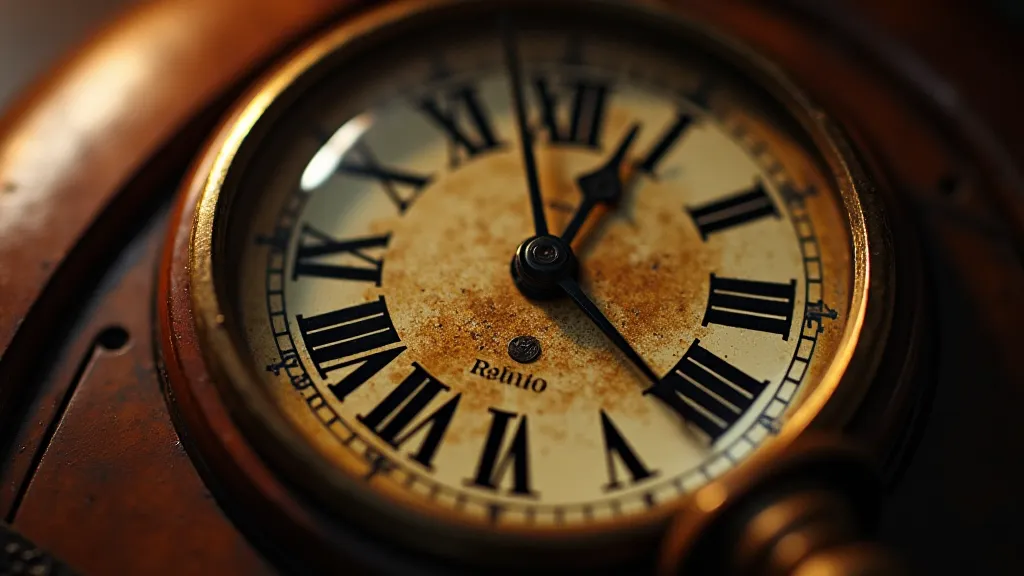
Restoration Considerations
Restoring a clock dial requires careful consideration. Avoid harsh chemicals or abrasive materials, which can further damage the surface. Cleaning should be gentle, using distilled water and a soft cloth. Refinishing should only be undertaken by experienced restorers, as improper techniques can significantly devalue the clock.
Preserving as much of the original dial is always preferable. Even significant cracks and imperfections can be part of the clock's history and character.
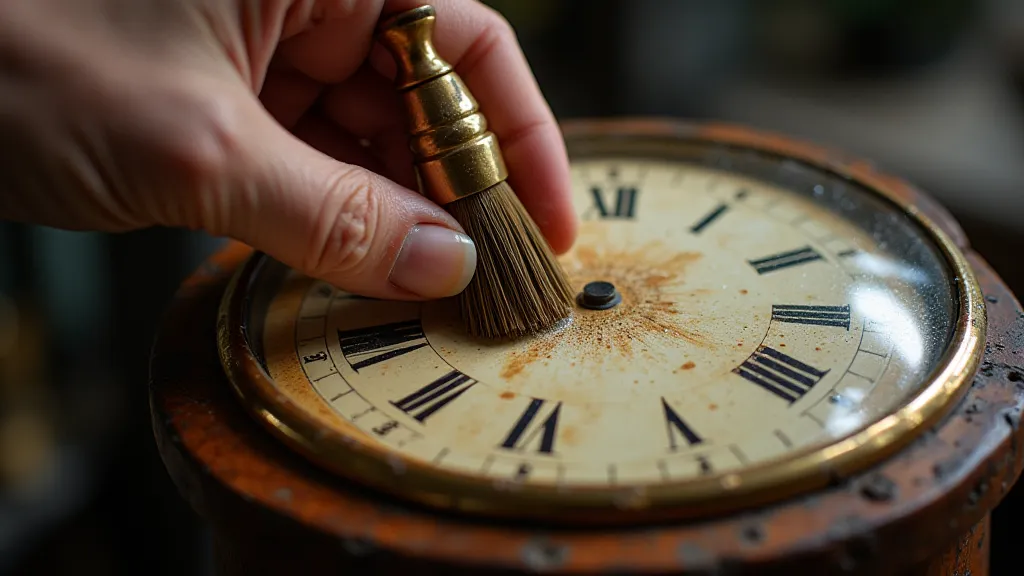
By understanding the intricacies of clock dial identification and restoration, you can better appreciate the history and craftsmanship of these timeless treasures.
